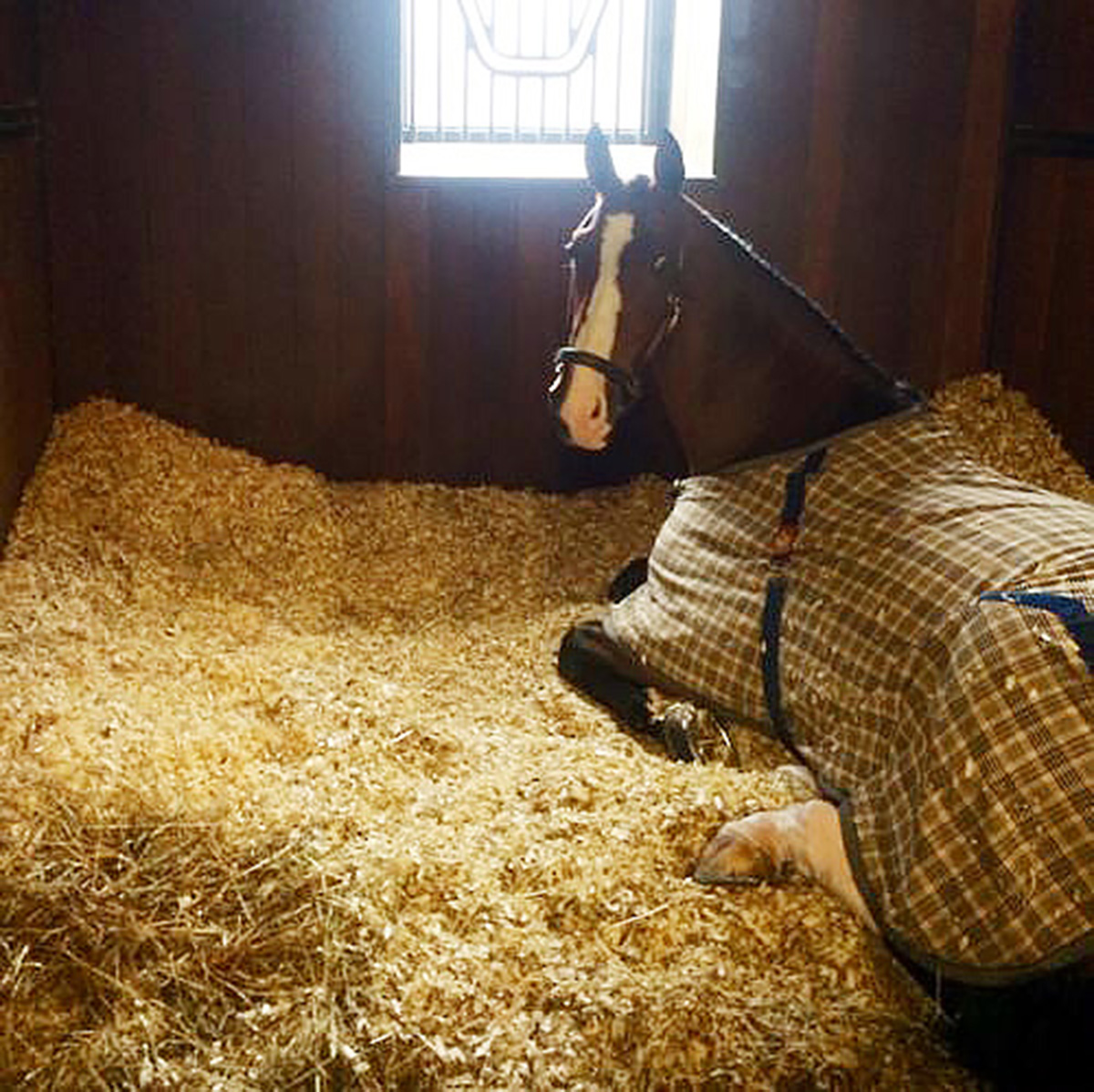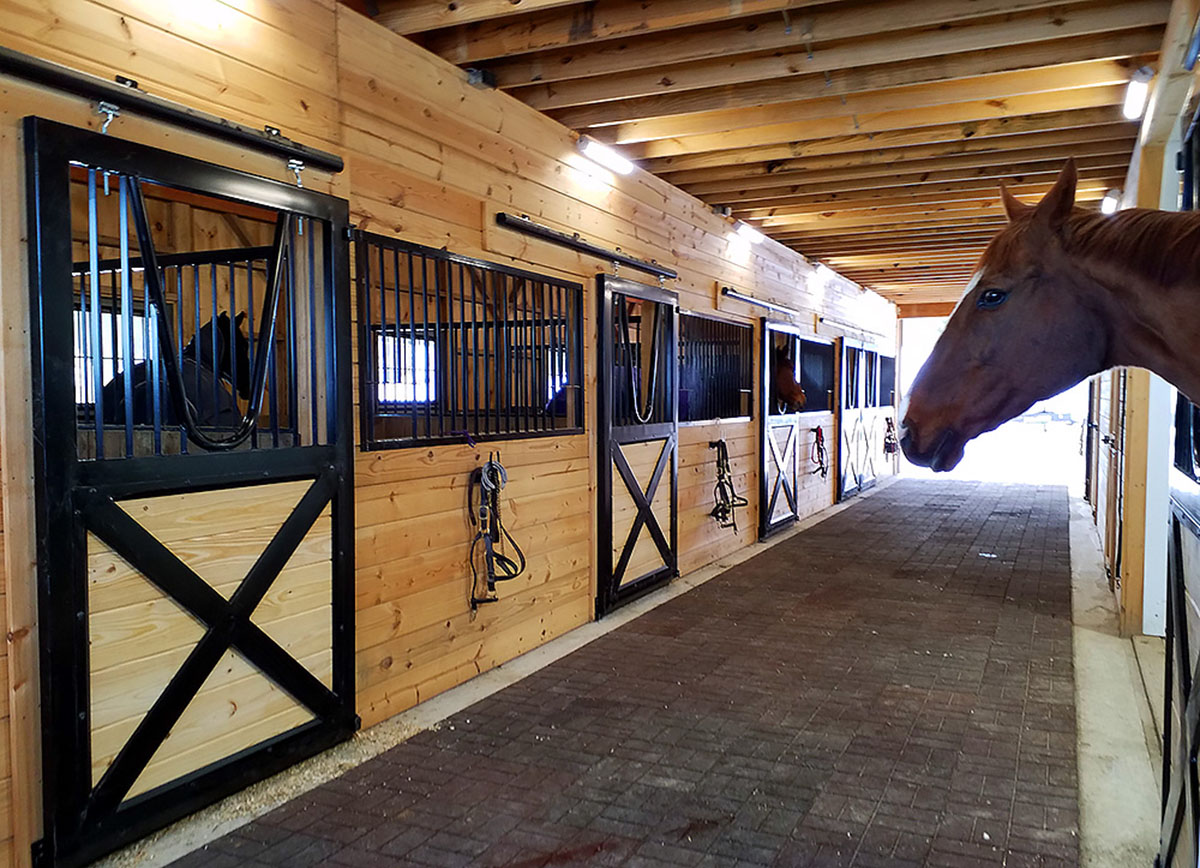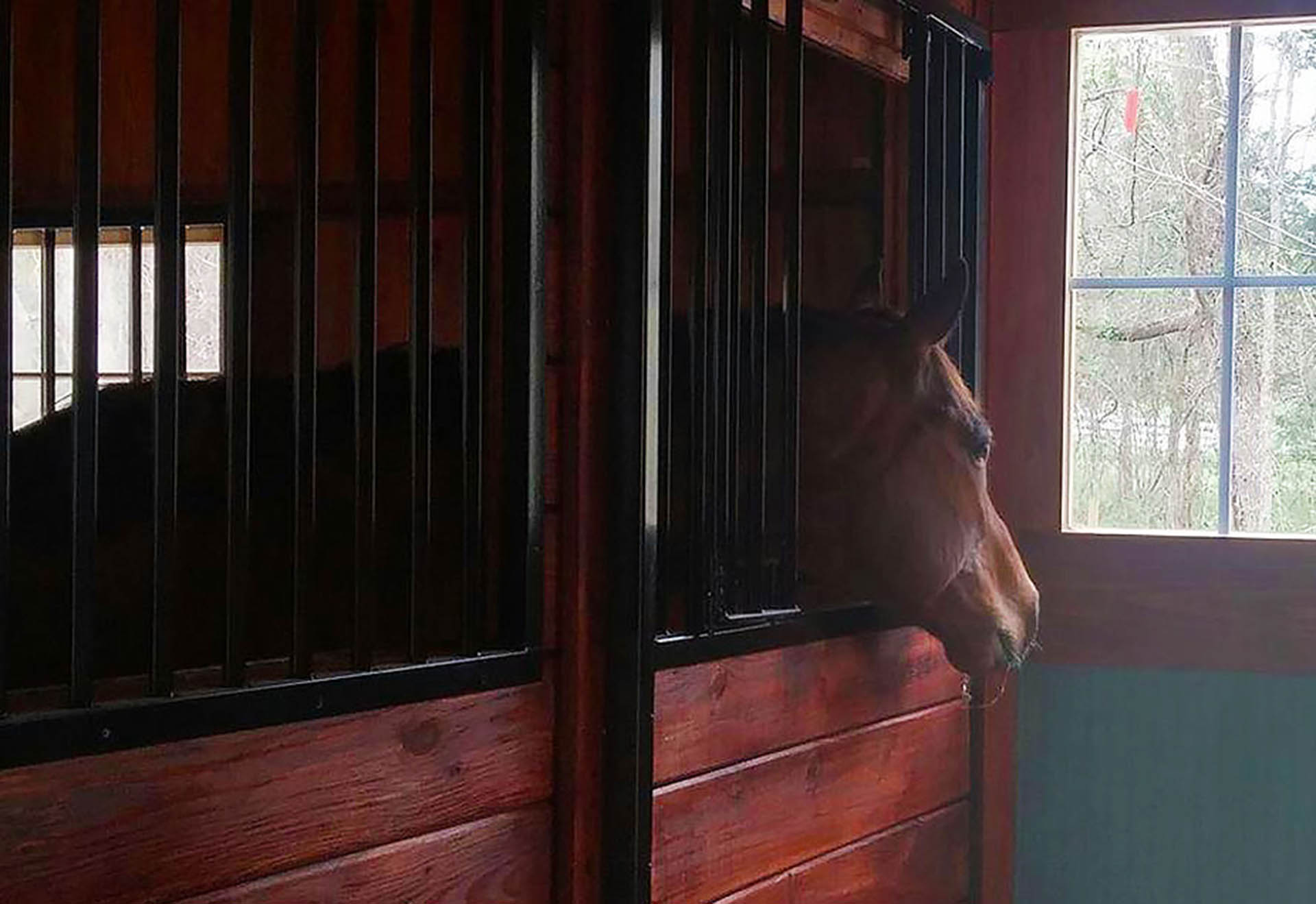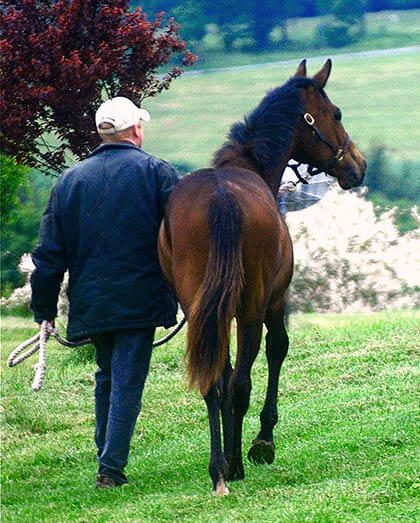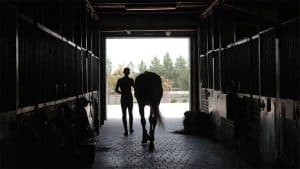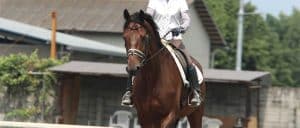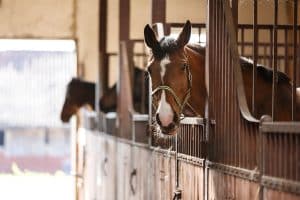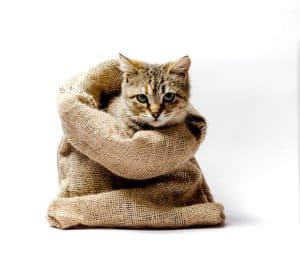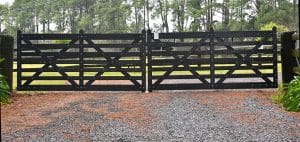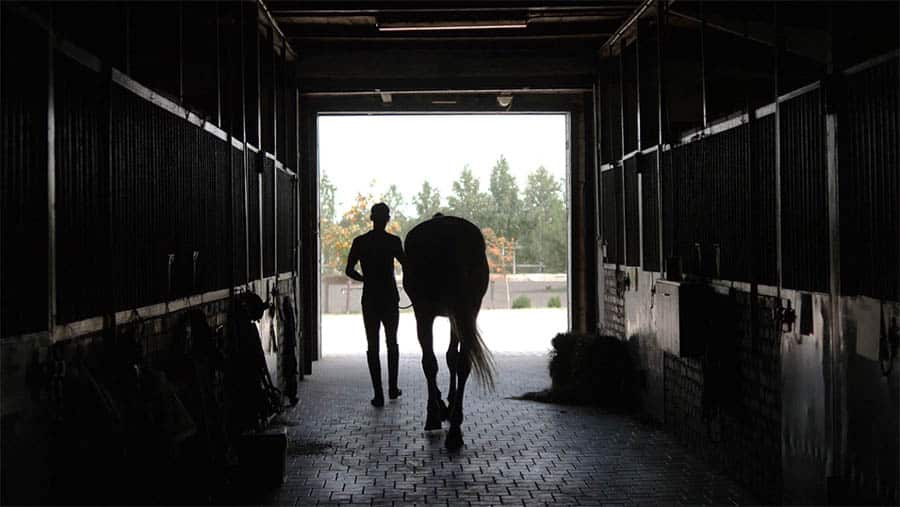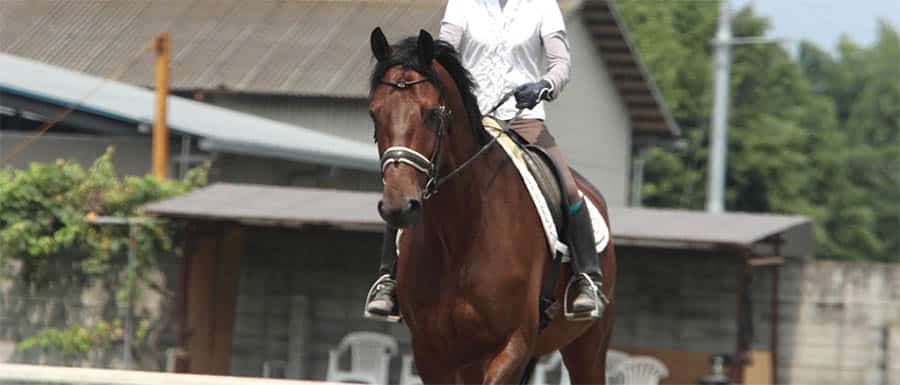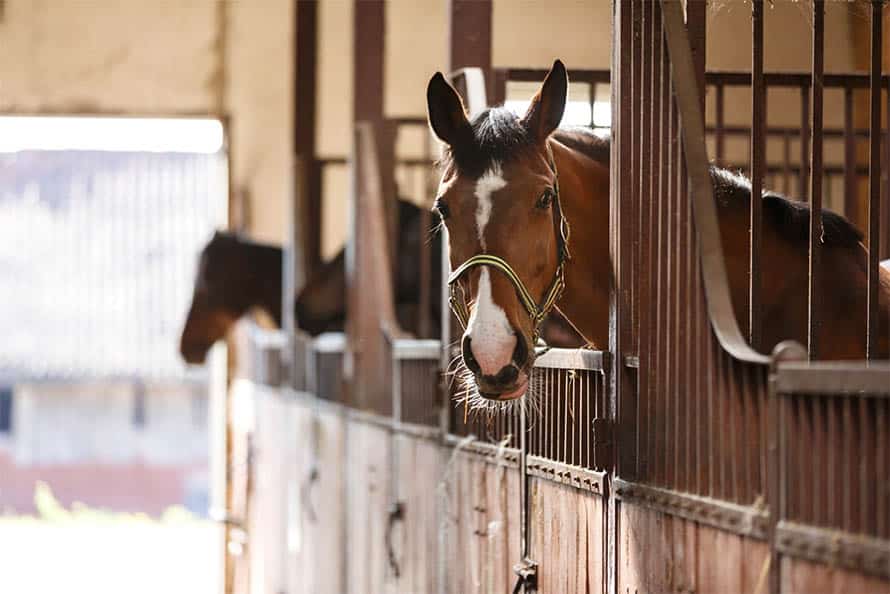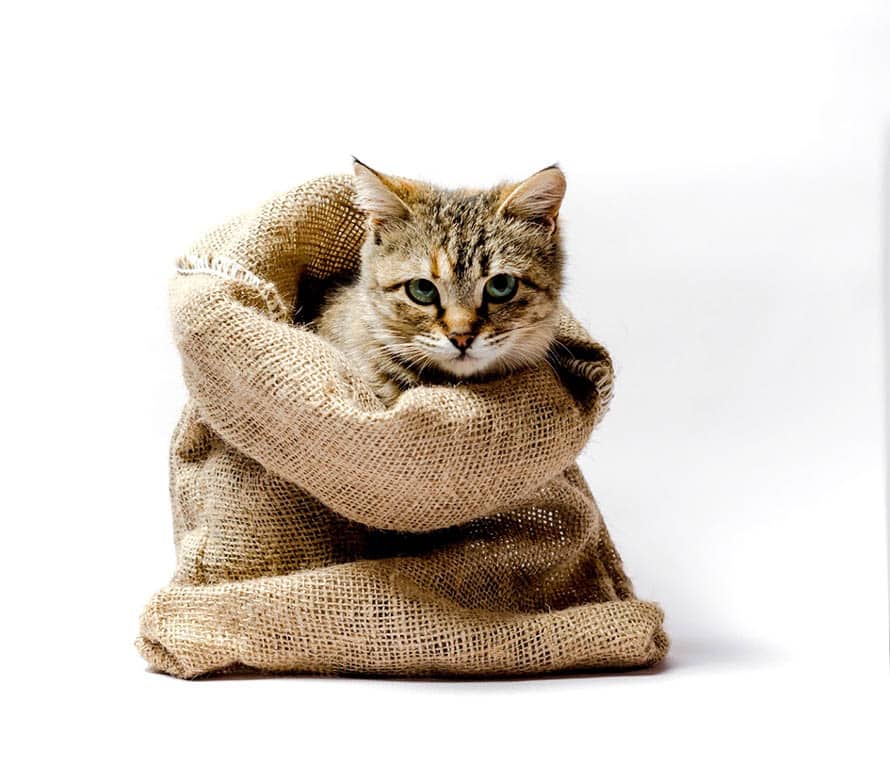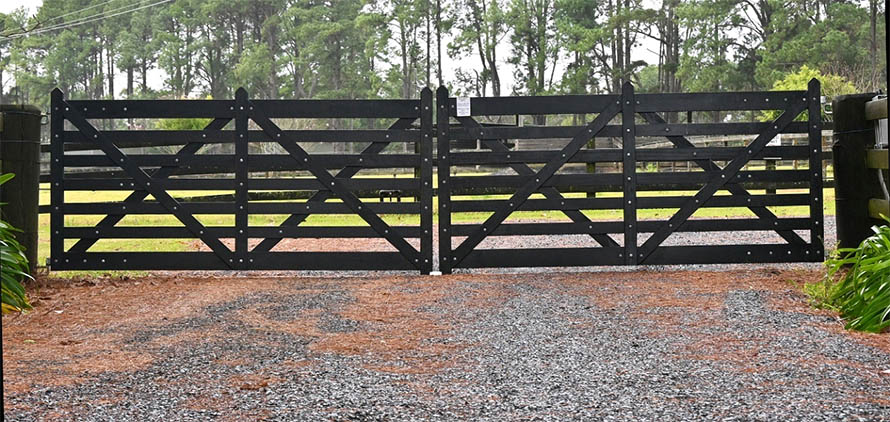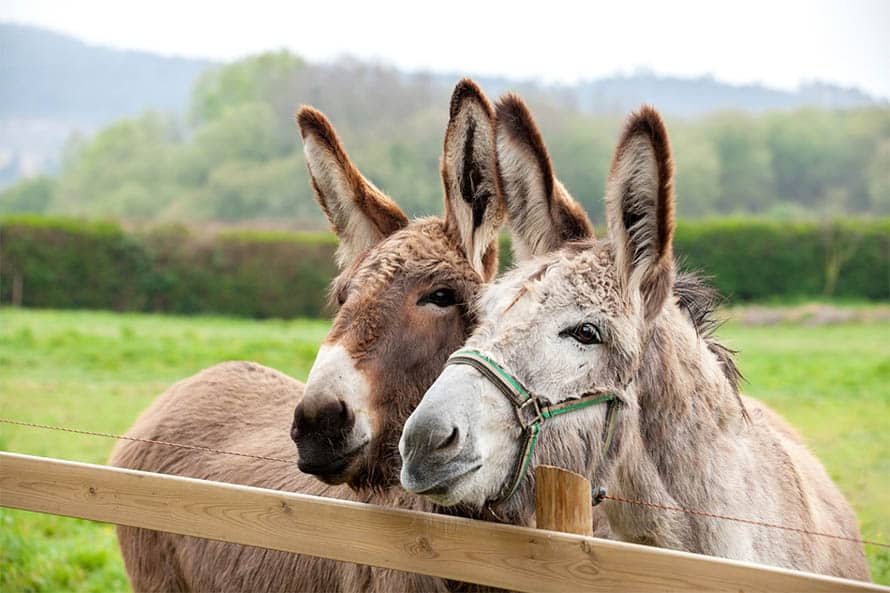Your dream has been realized and your new barn purchase has gone smoothly. The crew just left after promptly assembling your splendid modular barn and setting everything fair, in readiness for your new horse to arrive. It is an exciting time and you await your horse’s arrival with keen anticipation.
Here is a recipe to successfully introduce your new horse to his new barn. You want everything to go as smoothly as possible. The early days of your relationship with your new horse is the perfect time to build a solid foundation of trust.
How To Set The Stall Up For Success
Your plush new stall, with kick boards set to a minimum of 4 feet high and rubber mats laid over the compacted stone dust, provides a safe environment for your horse. You’ll need to add bedding before he arrives, and it is prudent to bank the bedding around the stall just in case he gets down to roll after his trailer journey. You don’t want to start off your relationship wrestling with a ‘cast’ horse. Banking the bedding around all sides of the stall to a depth of at least a foot, will help defray the chances of a horse becoming cast.
Water buckets and mangers should be hung a minimum of four feet from the ground to help prevent a horse from kicking them or hanging his hoof up in a bucket handle. Personally I always feed my horses from mangers on the ground as I consider this a more natural position for them to eat. If the manger is removable (which it should be for regular cleaning), then I’d remove it until the horse has settled in for a few hours. The less objects in his space for him to bang around on and mess about with the better.
Hay should be provided either on the ground, or in a hay bag, hay net or hay rack. Be certain not to place hay providers too high above the horse’s head, as hayseed will bother his eyes when he pulls down hay to eat.
I recommend placing hay in two piles, one each side of the stall once the horse has settled down, as it encourages him to walk from one side of the stall to the other to eat and helps defray a hungry horse from eating quite as quickly. With two available hay piles the horse doesn’t worry that the hay stash will disappear.
If at all possible blend your hay with hay that the horse has already been used to at his previous abode. I always ask for a few bales of hay to be shipped with the horse and offer to pay for them of course, so we can blend the old hay in with the new hay for a few days. This will reduce the chance of colic and it gives the horse’s system time to adjust to the digestive demands of the new forage.
Keep an additional water bucket handy with electrolytes available. If your horse arrives off the trailer and shows any sign of stress or tension, and certainly if he has been sweating during transport, you may want to add a second bucket of water that has been infused with electrolytes. Always offer both plain and infused water so he has the option to choose what he needs.
Ensure that the aisleway and/or area immediately around the barn is kept clear of any obstacles that may cause injury to an excited horse or cause a horse to spook. Put pets and any other animals such as alpacas/goats etc. away, before your new horse arrives, and try to minimize noise and distractions until he has had a chance to settle in.
Woohoo! Your New Horse is Here!
Ideally any horse coming off a trailer should be hand grazed. Not only will this settle the horse mentally but it also offers a valuable digestive aid for their systems after a long trailer ride. However, in the excitement of coming off the trailer your new equine partner may not be able to settle or focus on grazing. In this case take him straight into his new stall. After he has settled down for a few hours you can always try again.
Horses settle much more quickly if there is another horse in proximity on their arrival. As you may want to quarantine your new horse for a while before introducing him to any other horses on the property, you may not want to stall a compatriot close by. As long as the new arrival can see another horse in a paddock or field on the property, it will be a beneficial calming influence. Don’t fret if whinnying erupts when the horses see each other. Just ignore it. It will soon stop.
Try to minimize interaction between the new horse and different people during the first 24 hours. It is kindest to limit access to those that will be his regular caregivers such as yourself and immediate family. Save the ‘showing off’ the new horse to friends, until he has had a chance to come to know you and trust has been established.
It is prudent not to overwhelm your new horse with noise, too much fuss or continual chatter. Make a cursory inspection of your horse to ascertain he has not sustained any injury from the transport. Once he starts to munch on his hay and looks reasonably settled, leave him in peace for a few hours. You can check in on him but try to avoid the need to encroach in his stall space or play with him. There will be plenty of time for that later.
The First 24 Hours
Personally I like to stall my new equine arrivals for 24 hours before turn out. This gives them time to settle in and rest. The barn is a safe haven from heat and cold, a box stall is a safe space and I can readily observe the horse’s health. Check his vital signs such as temperature and pulse, and ensure he is drinking adequate amounts of water and producing manure. I personally avoid any graining for the first 24 hours to reduce the chance of colic, though I do confess to providing liberal quantities of carrots which of course are not cut into circular ‘choke inducing’ pieces, but offered either whole by hand for the horse to take small bites or cut lengthwise.
If you have any concerns regarding the horse’s health don’t hesitate to call your vet for advice.
The initial turnout of your new horse should be completed in a small pasture close to the barn, where you can readily observe your horse. I usually hand walk the horse around the inside perimeter of the paddock to show him the fence line and familiarize him with the new space.
After that I will let him run free, but leave the halter on for a short while until I see he has settled down to graze. Halters should generally be removed during turnout to help prevent accidents. Halters can easily become caught on hay feeders or gate posts. If you find your horse is hard to catch and feel the need to leave a halter on your horse, use a breakaway style halter for safety.
Your new horse will quickly settle into his new environment if you follow these few rules and the enjoyment of keeping your horse in your own backyard is a dream come true. Establish a routine that works for your schedule and stick to it. Horses will settle much faster if you keep to a set schedule for feeding, mucking out and turnout times. It doesn’t have to be kept to the minute, but try and keep to within an hour, especially in the early days. Horses can become anxious if no food appears on schedule, and if possible try and hay the horse more frequently than twice a day if he is to be stabled most of the time. Smaller, more frequent meals will help prevent ulcers and digestive issues in your horse.
At our barn we offer breakfast with hay and grain, a lunchtime haying up and a tea time hay and grain meal. For our performance horses we add a small grain ration at lunchtime.
When our horses are stabled at night we do a late night bed check and final muck out. With your own barn in the backyard, you will soon find yourself outside in pj’s and robe, with barn boots and barn jackets on top. The peaceful nighttime check is my favorite time of day in the barn and I take the opportunity to do some carrot stretch exercises with each horse, hay them up and check water for the night.
You can enjoy many extra hours with your horse as you care for him yourself. No commutes back and forth to the barn after work, no restricted hours for access and you can spend as much time with your horse as you wish. Based on my experience I’d say once you go home you never go back to boarding. Though some folks miss the social aspect of barn life and motivation to ride that competition in the barn can add.
One thing is for sure. When you are responsible for your horse’s every need on a daily basis there is a level of care, custody and control that cannot be matched. Personally, I wouldn’t change that for the world.
Happy Riding!


